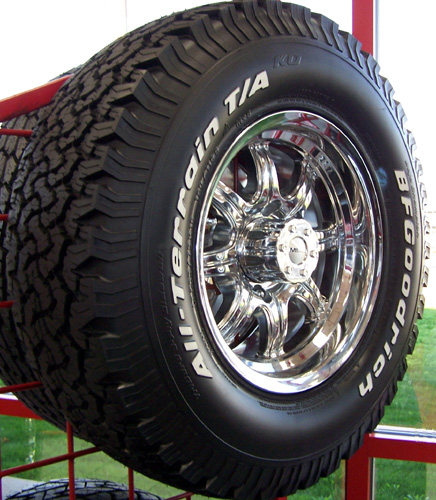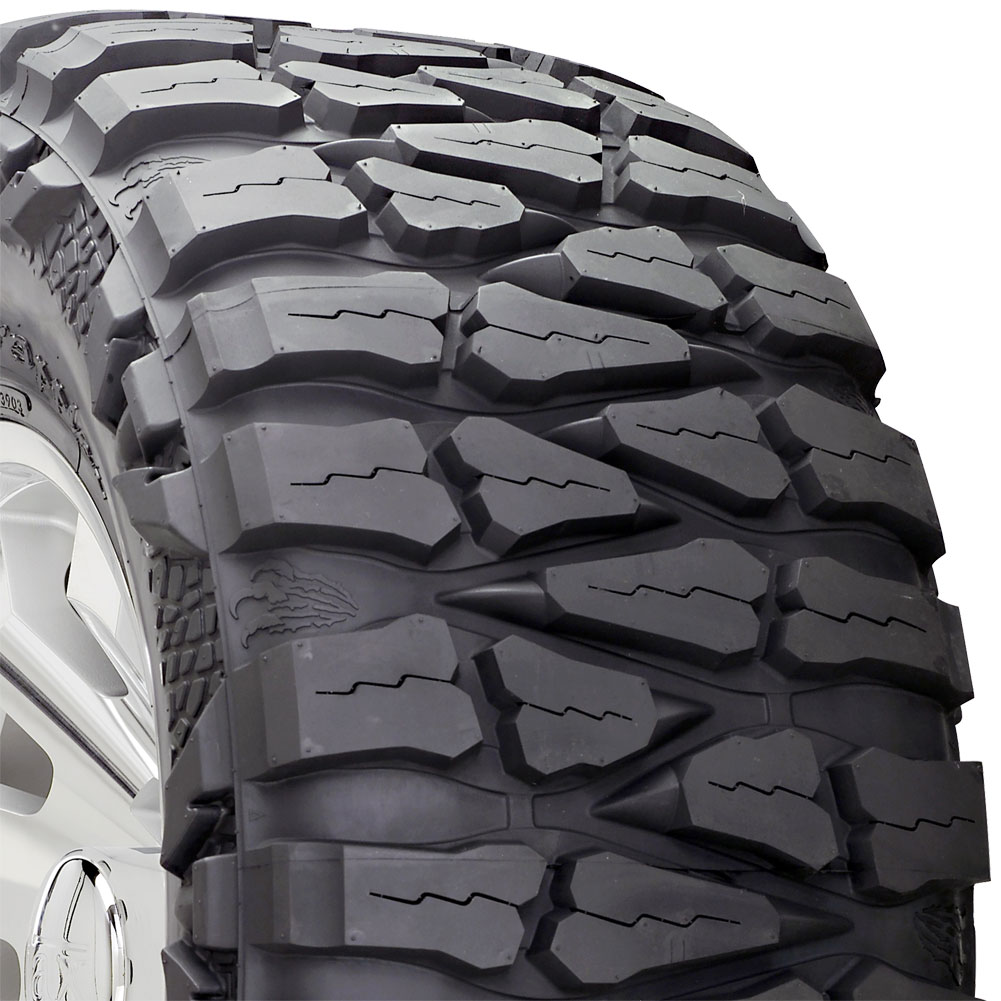April 2008
- Details
- By Shane Williams
When it comes to off roading and spending time in the woods, perhaps the most important pieces of equipmentare your navigational aids. Our FJ’s can go just about anywhere. But, if you don’t know how to get there and back your trip will not be nearly as enjoyable, and also dangerous.
In the next few issues, we’re going to cover several types of navigation options. We’ll start with paper maps, then discuss portable GPS systems and finally, we’ll cover in-dash options. Each of these options has pros and cons that will be cover in detail.
A Necessity
A good set of paper maps for the area you’ll be wheeling in, is an absolute necessity. Even if you use a GPS, the ability to navigate with a paper map will save you hours of frustration, and could save your life. Remember that electronics are not 100% reliable. You can run out of batteries, drop your GPS in a river, or suffer some type of failure eventually. It’s not a question of if, it’s just a matter of when. I tell everyone, “It’s not the 99 times you don’t need it, it’s the 1 time you do” when it comes to safety gear. So the question is, with hundreds of different map products, which is the best?
The one paper map that I ALWAYS bring is the Gazetteer , from DeLorme. I’ve carried a Gazetteer in my rig since I first moved to Colorado over 12 years ago. I never go into the woods without it, ever. If I plan on spending a fair amount of time in another state, I’ll pickup the Gazetteer for that state as well. DeLorme produces a Gazetteer for most states. The major advantages of this map book includes information on campgrounds, lakes, rivers, scenic drives, and various other places of interest. The very detailed maps include National Forest / BLM land, forest roads, hiking trails, campgrounds and campsites, mines, ghost towns, etc.
- Details
- By Dan & Jeff
The story began last year when I went to buy parts from Johnnewyork and his SFA project. We started to talk about meeting up for some wheeling, and after talking about how the folks on the Northeast part of the continent were really limited for trail runs, we decided to make this an open event for all FJ owners.
Easter weekend finally arrived and Friday, the first day at the park, we had about 20 trucks show up, including the Toyota Trail Team. The day was sunny and 35F, but the wind was blowing hard on the mountain. Having the Trail Team on site was great! They had provided great lessons in off roading to everyone. They then led groups out into the field to put into practice what they just learned. What’s better than learning on the trails? Returning home from your first day of off-roading and having a BBQ by the Trail Team and raffle prizes! Our sponsors provided us with all types of gear: sliders, spacers, lifts, subscriptions, rims, bumper discounts, and the most sought after prize, the E-Tool!
{gallery}issues/2008/apr08/NEFJCMeet{/gallery}
- Details
- By Shane Williams
While the FJ Cruiser is one of the most capable off road vehicles when stock, most come with a significant limiting factor: tires. The Dunlop tires that come with most FJ Cruisers are good for pavement driving and offer decent tread life, but they're not very well suited to most off road situations.
When the time comes to upgrade your tires, the choices are almost limitless. It's not within the scope of this article to cover EVERY tire on the market, but we can talk about the two basic options: All Terrain (A/T) vs. Mud Terrain (M/T). A quick disclaimer, the benefits and drawbacks that we'll talk about for each type of tire are general, and may not apply to EVERY A/T or M/T tire. Please research the specific tire you're interested in before making your decision.
All Terrain's

The A/T will be the preferred tire for many people that use their FJ as a daily driver. Traditional A/T's provide a very good mix of on and off road capability. They come in various tread patterns, and most have a tread life of over 30,000 miles. While A/T's are very good off road tires, they're not rock crawling grapplers or mud boggers. All Terrain tires will tend to slick over in deep snow and mud, which will definitely limit their trail use in some climates.
Mud Terrain's

Most M/T tires are easily identifiable by the large lugs in the tread. They're much more aggressive than most A/T's, and provide increased off road performance. Mud Terrains will tend to 'self clean' in deep mud and snow, and provide excellent contact area when aired down and crawling on rocks. If you use youre FJ as a daily driver like I do, there are some definite drawbacks to M/T's. First, many (but not all) M/T's tend to wear out quicker than other types of tire. Mud Terrains also tend to slide around more on ice, and can provide less traction in heavy rain.
- Details
- By Eric Ross
So I finally decided I wanted some independence. I thought that I might start by freeing myself from dealer/mechanic scan tools. It always drove me nuts when the check engine light came on and I’d get it checked immediately, only to find out it was a random sensor aberration and everything was fine. The computers in our rigs are very complicated, and sometimes can be frustrating. The OBDII interface is a nice advantage since it allows us to take control of some of these issues.
After poking around and looking at scan tool options, I decided on the ScanGaugeII by Linear-Logic ( http://www.scangauge.com ). Since I was planning on doing some intake modifications, I was looking forward to instant feedback on engine performance and fuel economy. I also wanted immediate information about check engine light codes, so the ScanGuageII seemed to fit the bill.
For everyday driving, the ScanGaugeII offers trip computers that track data from the current trip, current day, previous day, or current tank. The information stored for each of these time periods includes maximum speed, average speed, maximum coolant temperature, maximum rpm, driving time, driving distance, fuel used, trip fuel economy, distance to empty, time to empty, and fuel (gallons) to empty.
{gallery}issues/2008/apr08/scangauge{/gallery}




